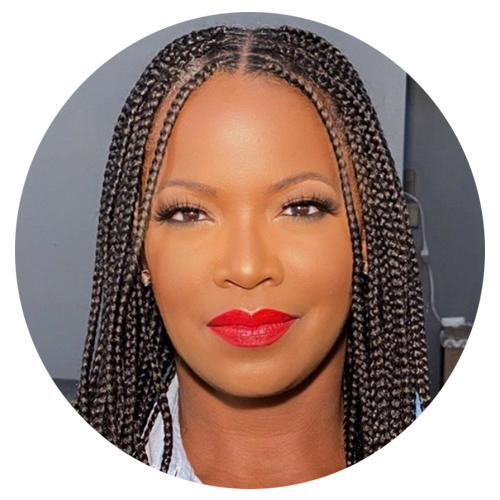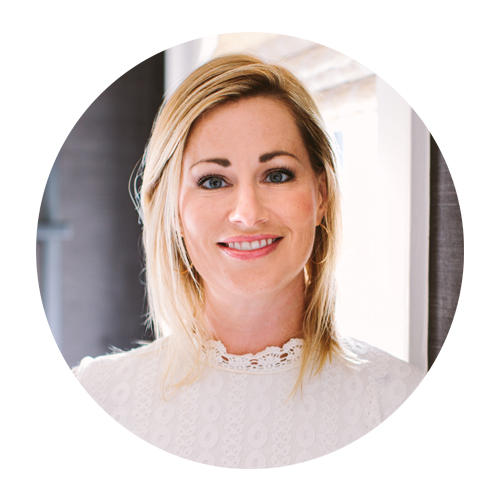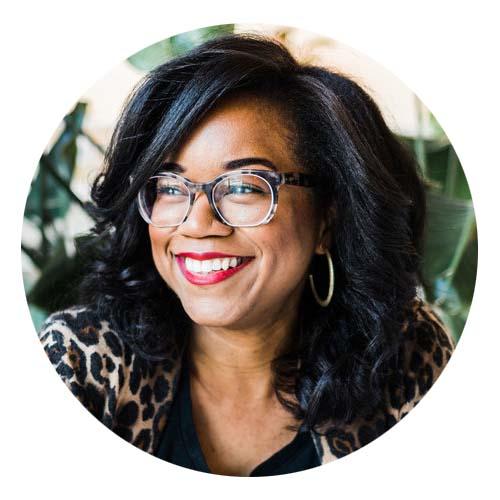There’s an art to landing a new client, but every designer also needs to know how to politely reject a project when it isn’t a fit. We asked 10 pros—Gabrielle Aker, Caroline Brackett, Rhonda Everts, Dani Haas, Monica Jacobs-Driskell, Habiba Koroma, Niki McNeill Brown, Gideon Mendelson, Patrice Stephens and Eric Winnick—how they turn down work when a project (or client) isn’t quite right.

Good vibes
“I can typically tell in the first couple of meetings whether or not a client will be a good fit. If I truly feel that we are not able to move forward, I let them know immediately, providing reasons why. I also offer to refer them to a couple of other designers who would be better suited for them. I find that one of the easiest, most respectful and sincere ways to say no is to explain that, given the scope of the project, the timeline could be very long and arduous. You would want someone who you vibe with to be there for you through the process.” —Patrice Stephens, Patrice Stephens Interiors, Houston

Dating game
“Vetting a client is sort of like dating—there is an initial feeling you get when you first meet them and hear about their project and design objectives. When there’s a good vibe, it’s usually indicative of a trusting, worthwhile client-designer relationship. However, I have had to make the call at a certain point when I feel that we just aren’t compatible, either personality-wise or aesthetically. I have to protect myself and my time. If a project unfolds and the scope or budget is not worth it for me, it’s better for both parties to part amicably before you get too invested.” —Dani Haas, Dani Haas Design, Denver

Pass it on
“In the past, I have told clients that we would love to work with them, but we don’t have the availability right now to take on their project. If they persist, I have told clients that their project isn’t in line with the type of work that we do. I always offer a referral when I can, most often to my previous assistant who has gone out on his own.” —Eric Winnick, E. Lawrence Design, New York

Gentle words
“I typically let them know that we are looking out for their best interests and that they may have better success with another designer. I will say something like, ‘We just can’t offer you our best with our current workload,’ or, ‘Your budget may go further with another firm based on the vendors and sources we typically use.’ I offer to recommend other designers if they wish, but I would always get permission from the designers first. I don’t want to ruin a relationship with a design colleague if it ends up being a bad project!” —Caroline Brackett, Caroline Brackett Studio of Design, Greenville, South Carolina

Great expectations
“I let them know that, unfortunately, I don’t think I would be the best fit as a designer for their project. I assure them that I’m in a business to make my clients happy and produce a service that exceeds those expectations. If I don’t feel that those expectations can be met, I’d rather they work with someone who can achieve their goals. I only refer clients to other designers when I do not have the capacity for the workload. If it’s budget- or personality-related, I allow the client to find their own designer.” —Monica Jacobs-Driskell, Monica Jacobs Interiors, Atlanta

Trust your instincts
“First and foremost, I always listen to my gut! Over the years, I have taken many jobs [where it didn’t feel right, but I said yes] because they came from a great referral or I wanted to work with a particular architect. Almost always, it has turned into a very stressful situation, which leads to negative feelings and a negative outcome. A good rule of thumb is to remember that as a designer, we choose the client, not the other way around. I am very honest and suggest alternatives, such as working with a retail store designer or another design firm. A saying my father had was, ‘Never ride a horse that makes you look bad,’ which has stayed with me.” —Rhonda Everts, Rhonda Everts Interiors, Boston

Form and function
“If a project is too small for my team or we’re too busy, I’m happy to refer clients to another designer if I think they would be a good fit. My focus is always on revenue generation, but it’s also on design interest and client compatibility. I want to work with people that I like, and I want to have a chance to do good work. I have crafted my new client intake form based on my experience to date, and the client's answers to these questions help me decide if the project and people make sense for the firm.” —Gideon Mendelson, Mendelson Group, New York

It’s not you ...
“I’ve had clients that were not a good fit, and I’ve told them that either my current project load is at capacity or that their desired style is not one that I’m confident in designing. This is always a tough conversation, but I try to make it as much about me not being a good fit rather than the client.” —Niki McNeill Brown, McNeill Brown Interior Design, Raleigh, North Carolina

A firm stance
“I find it fairly easy to say no to projects where the scope is too small. When budgets are too low, I tend to use the same response: ‘Unfortunately, we’re only taking on larger-scale projects right now.’ It can be hard to explain how much everything costs and how quickly it adds up without spending a lot of unbilled time. The most difficult (but also most important) time I say no is when I get a sense that someone is going to be a difficult client. I try to approach the conversation kindly but honestly and let them know that I don’t feel like we’re the right fit. Standing your ground in the moment can be difficult, but it ends up saving you worlds of future stress and frustration!” —Gabrielle Aker, Aker Interiors, Los Angeles

Brand strategy
“Fortunately, over the years, I have been able to limit the number of misaligned clients by using my website and social media as a way of successfully communicating my personal brand, aesthetic and service offerings. My tight branding not only helps to attract aligned clients, but also effectively repels clients who are not a good fit.” —Habiba Koroma, Biba K Design, New York
Homepage photo: A dining room by McNeill Brown Interior Design | Photo by Cat Nguyen




























